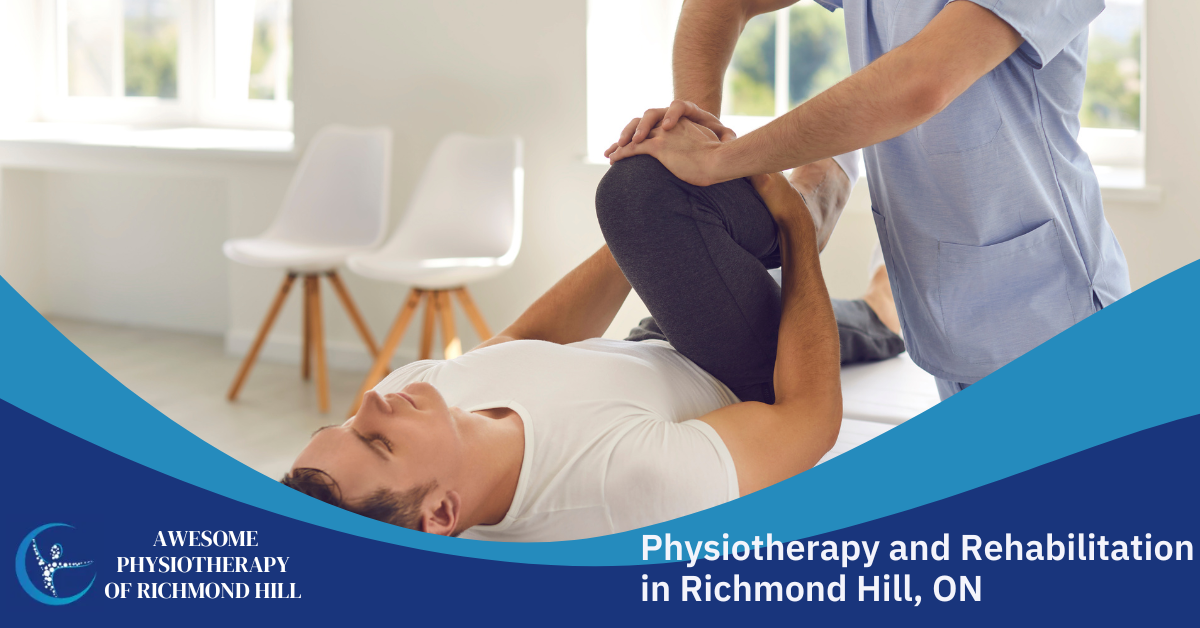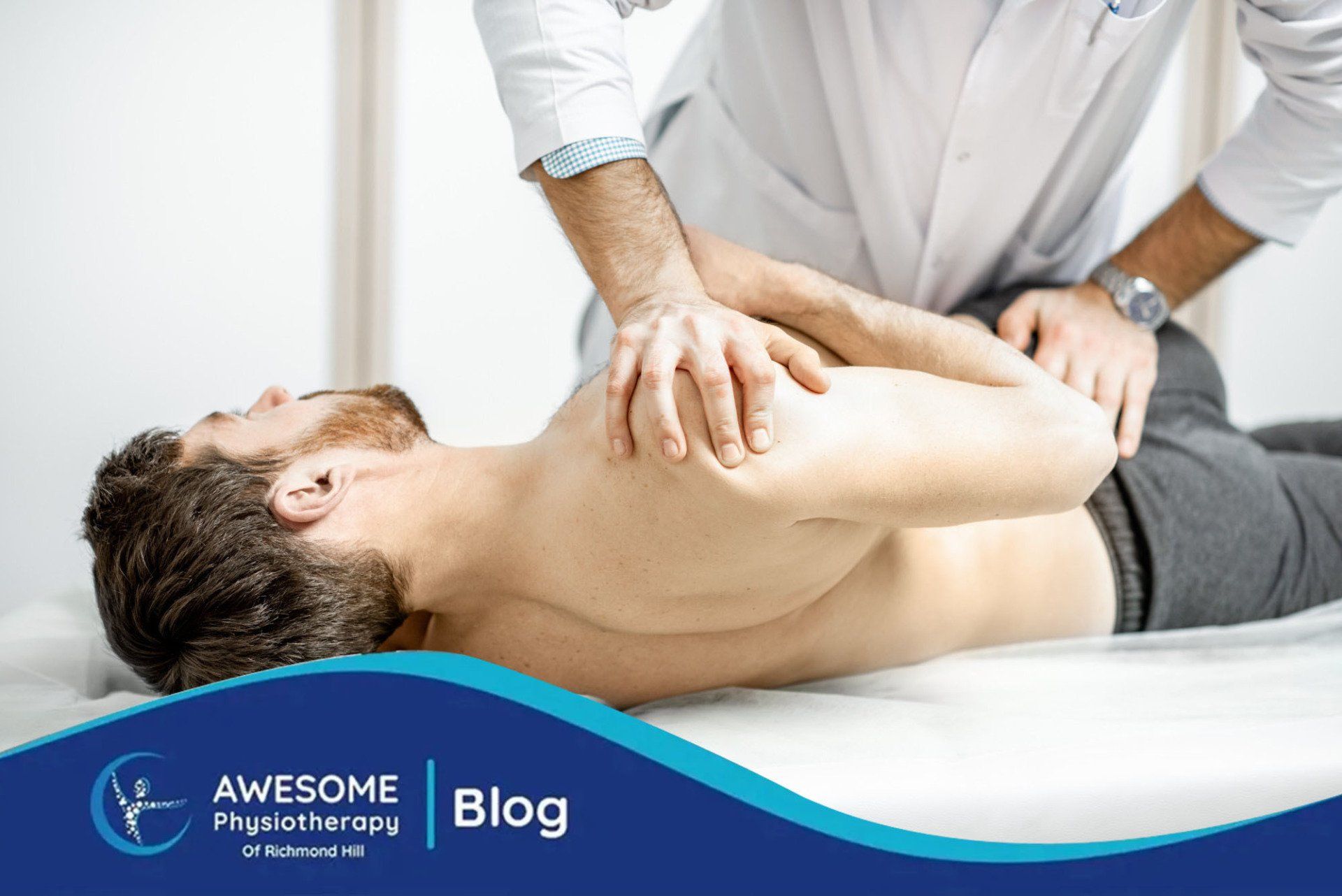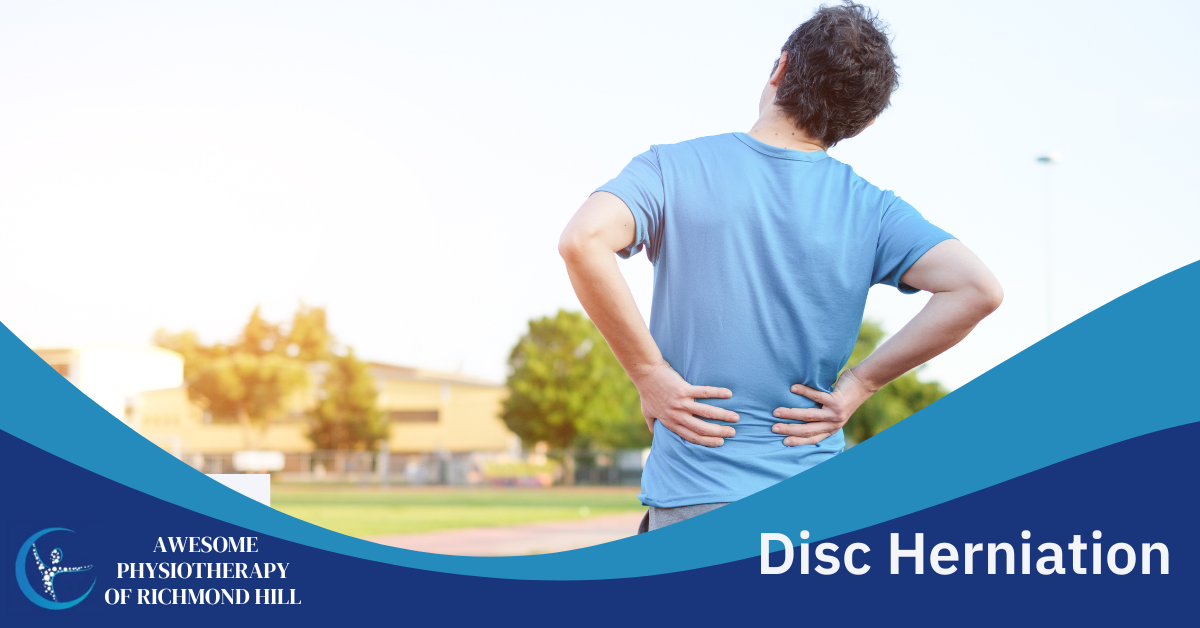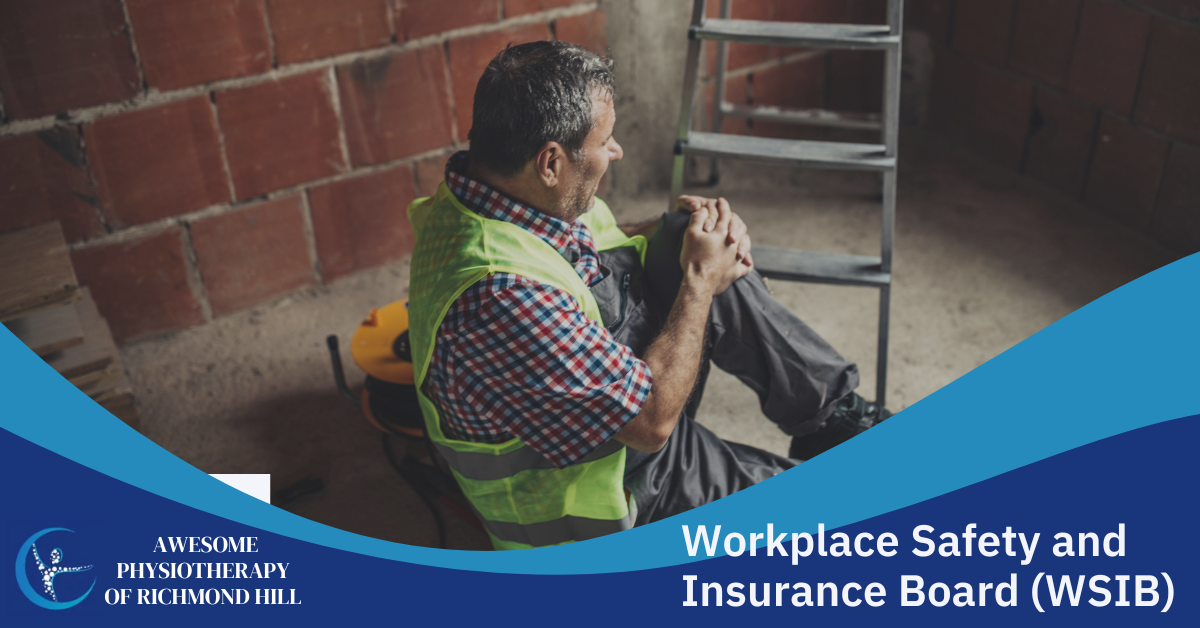Physical Therapy for Knee Pain: This Is What You Need to Know
Feeling aches and pains shoot over your knee? Chronic knee pain can impact your range of motion and overall quality of life. Instead of living in pain, consider visiting a physical therapist.
There are over 25,051 physical therapists in Canada. Despite how much physical therapy has grown over the years, many people don’t know much about PT.
Are you thinking of receiving physical therapy for knee pain? It helps to know what to expect, first. In this guide, we’ll review everything you need to know before your first appointment.
Read on to learn more about PT for knee pain!
Location of Your Knee Pain
There are four main ligaments that support your knee joint:
- Posterior cruciate ligament (PCL)
- Medial collateral ligament (MCL)
- Anterior cruciate ligament (ACL)
- Lateral collateral ligament (LCL)
While it’s possible you strained one of these four ligaments, you might have also developed osteoarthritis. This condition develops when the cartilage protecting your tibia and femur bones wears down. As a result, you could begin experiencing knee pain and swelling around the area.
Sometimes, knee pain develops after a trauma, such as a car accident or sports injury. Repetitive use of the area can also cause wear and tear, which could cause your symptoms.
Possible Problems
Before your first appointment, make a note of where you experience your knee pain.
For example, you like experience lateral knee pain, which occurs on the outside of your knee. Overusing your iliotibial band (ITB) tendon, which is common with runners, can cause this injury. You’ll likely notice pain when your walking, running, or climbing stairs.
Some people experience patellofemoral pain or anterior knee pain. You might notice pain around the front of your knee, near your kneecap. This occurs when your kneecap shifts out of position. You might develop patellofemoral pain after completing squats or climbing stairs.
Medial knee pain is common as well. You could experience this pain after an injury or overusing your MCL. You’ll experience pain when squatting or going downstairs.
If you’re experiencing osteoarthritis pain, you’ll likely notice it when squatting to sit down or bending and straightening your knee.
Otherwise, make a note if your knee seems to give out when you try to put weight on it. In this case, you may have sustained a ligament tear.
This type of injury usually occurs after a direct blow to the knee.
Your Initial Visit
During your initial visit, your physical therapist will first diagnose the problem based on your symptoms. They’ll also review your medical history and complete a physical examination. For a complete diagnosis, they might also need to order an X-ray or MRI scan.
Before you can receive physical therapy for knee pain, your physical therapist will need to know as much as possible about your pain.
They’ll likely ask where the pain is located and if you sustained an injury. Let them know which daily activities cause your knee pain, too. For example, you might experience:
- Limited range of motion
- Weakness in the hip, knee, or ankle muscles
- Difficulty walking
- Pain when completing certain motions
- Limited flexibility
- Difficulty walking, rising from a chair, or climbing stairs
- Balance or coordination issues
- Problems performing sports activities
Once your physical therapist determines the source of your pain, they’ll develop a custom knee physical therapy program for you.
Knee Physical Therapy Treatments
Every person experiences pain a little differently. With that in mind, your physical therapist will need to develop a customized rehab program based on their evaluation. Their treatment techniques will help strengthen your knee, allowing you to return to normal activities.
Your physical therapy for knee pain might include:
- Functional exercises
- Therapeutic exercises
- Pain management
- Manual therapy
Functional exercises will allow you to return to normal activities. These often include balance and coordination exercises. Using your functional exercises will help strengthen your knee for work, home, and sports activities.
Therapeutic exercises, on the other hand, are designed to help strengthen your knee.
This form of knee physical therapy includes endurance, flexibility, and strengthening exercises. These exercises are designed to address your needs and health goals.
Regular exercise can affect the severity of your pain and make normal daily activities easier.
It’s likely your injury is causing a lot of pain. Pain can impact your mobility, flexibility, and quality of life. It can also make it difficult for you to complete your job or other duties.
In order to minimize your pain, your knee therapy will also include pain management techniques. These techniques will help you reduce your pain and swelling. Pain management modalities can include ice, heat, electrical stimulation, or ultrasound.
Your physical therapist will determine which techniques are best for your specific needs.
Self-Care
You’ll complete many of the exercises and knee therapy techniques alongside your physical therapist. In order to help you rehabilitate, your physical therapist will also provide you with self-care techniques you can use at home.
Their tips will help you manage your pain and strengthen your knee between sessions.
It’s important to complete the self-care exercises you’re provided as instructed. Otherwise, you might end up doing more harm than good. Don’t push yourself beyond what you feel capable of alone.
Your knee physical therapist will help you develop a home-exercise program based on your condition. As your knee physical therapy sessions progress, your self-care instructions might change.
In the meantime, make sure to avoid putting unnecessary force on your knee. Try to limit any activities that cause you pain.
If your injury is severe, you might need knee surgery as well. Pairing physical therapy along with your surgery will help increase your range of motion. It can also help you feel stronger and speed up your recovery.
Otherwise, your physical therapist will provide you with tips to help you avoid another injury in the future. Learning how to safely move your body is essential to avoid reinjury.
Physical Therapy for Knee Pain: What to Expect from PT
Don’t let the pain wear you down. Instead, consider physical therapy for knee pain. Now that you know what to expect, you can walk into your first appointment prepared and ready to heal!
Eager to get started? Contact us today for a free, no-obligation appointment.



How Physiotherapy Can Help You Recover Faster: A Guide to Physiotherapy Centers In Richmond Hill, ON







